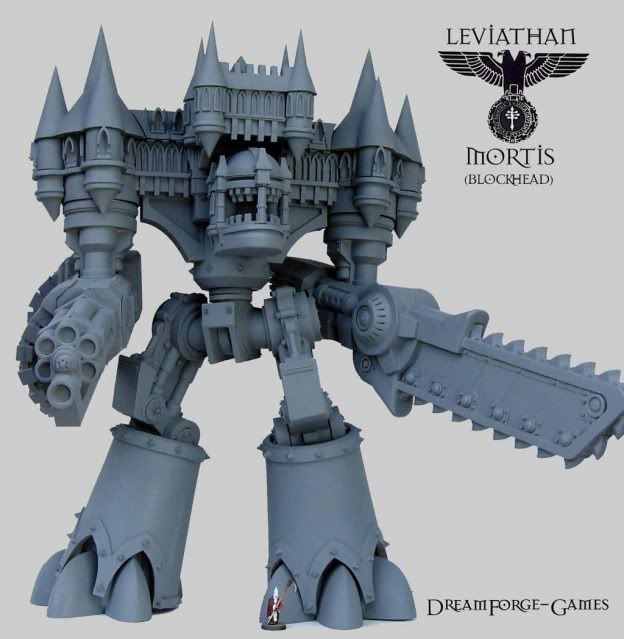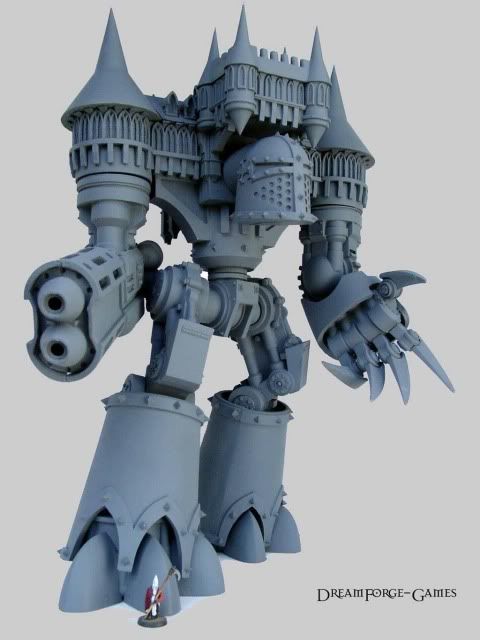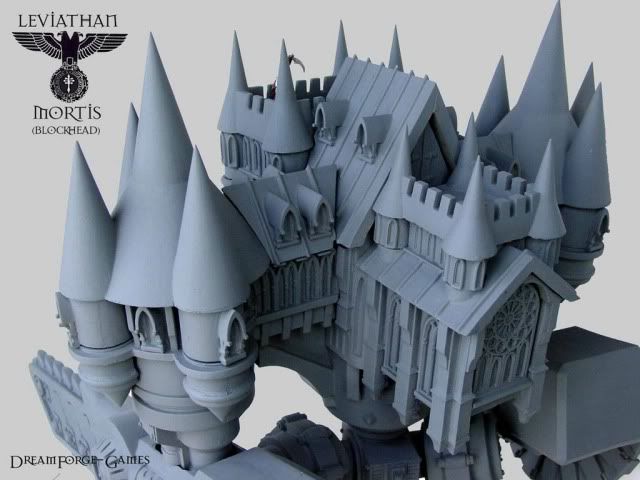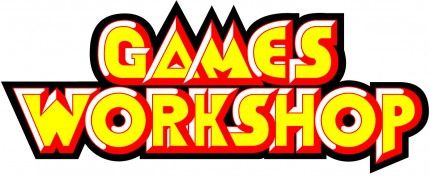So when Marc came back with a new "Leviathan" many of us were happy to see him back in the saddle. This interview is meant to give us a good inside look at Mark, his small operation, and how he has used technology to advance the creation and production of his new models.
1) Well, we always need to start at the beginning, so tell us how you got into gaming and sculpting.
I started gaming in the 70’s with the first booklet release of Chainmail and later the first release of D&D. My first step into tabletop miniature games came later. It seemed a natural transition to deal with the limited time available due to work and other more adult pressures. Unlike RPG’s, playing a tabletop game does not require a large group of friends or an entire day set aside. I think my first tabletop game was MAATAC, a fun little game with 6mm scale sci-fi tanks. I have always been more interested in armored combat, tank on tank games rather than infantry skirmish games. There is something about sixty tons of steel rolling across the battlefield that sparks my imagination.
I started sculpting in 2000 but was never completely happy with the results. I am a bit of a stickler for quality and correct proportions and hand sculpting although enjoyable did not give me the results I was looking for. About that time, I ran into an article by John Bear Ross, explaining his work process using a CAD program to make miniatures. This sounded like a perfect match to me. I could express myself artistically, while making a model as dimensionally correct as possible. This process also allows the artist to change the detail, scale and proportions of the model or individual components to suit their desire with ease. There are a few artists using traditional sculpting methods to create incredible work; Kallamity is the first to spring to mind, what he can do with modeling clay and plastic kit parts is simply amazing.
Each process has its challenges, to hand sculpt you need a great deal of patients and a fair amount of flexibility in your vision of the final model, as it is far more likely to change as the creation process moves along. With digital sculpting you can get exactly what you want but the technology to print your creation is expensive and still not to the point of giving you a nice clean surface.
2) And so were the Titans your first attempt at a commercial venture?
I had a few kits that saw limited release, most were not hugely successful but all were invaluable learning experiences. The path to be a successful garage kit producer is a long one that requires you to master many disciplines. Making a good casting is a trial and error affair. Learning how to make molds and get nice clean castings takes time, and many expensive mistakes. I don’t think you ever master this area as each part of a model presents its own challenges, you simply build on each experience and refine these skills as you push forward.
3) Your Titans are the stuff of Gaming legend now. Tell us about what happened with GW.
We all know GW is judicious with its use of thhttp://www.blogger.com/post-edit.g?blogID=5195382392714943771&postID=3532100772164452995e legal system to protect its copyright. In early 2000, I released two large Mecha/Leviathan kits that stood 24” tall. GW took offence to the designs, stating that they felt that my models infringed on their copyright. Were they correct? I really don’t know, the case never went to court as it would have been simply too expensive for a small business owner to fight without pro bono representation. Based on what I know now I feel it safe to say that these kits may have been sailing too close to the gib to be undeniably safe from challenge. It was a very expensive learning process. The three positive lessons I took from this experience were, one, a better understanding of IP law, two, the protection of the current Leviathan designs and three the confidence that what I can create can be well received in the gaming community.
4) So how many of them did you actually produce?
Of the Large 24” Leviathans, I think only three saw the light of day. Production was very slow and when GW raised its objections, I decided not to continue production until the matter was settled. If memory serves there were eight to twelve outstanding orders at the time, I stopped production. I am a strong believer in taking care of my customers to the best of my ability, so I made sure all my outstanding orders received full refunds including any PayPal fees they may have incurred.
Tomorrow, what is next for Marc and Dreamforge...


























1 comments:
I always loved this design. I wish that I had known about it before GW pulled the plug on it. But his new designs are freakin amazingly cool too. I def plan to pick up a Leviathan Mortis when it becomes available.
Post a Comment